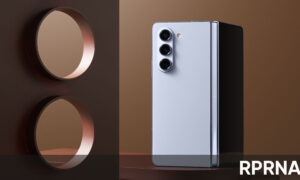The Chinese Intellectual Property Database recently shared a new 3D face reconstruction technology patent of Huawei. This method can be significantly used to improve driver monitoring systems in vehicles.
This smartphone marker is to continue polishing its camera technologies and smart car solutions. In this line, we have recently seen gesture recognition technology to customize viewfinders in smartphones.
Moving ahead, the company has also announced new Vehicle 3D information methods to obtain prices information. Its application scope includes smart driving, AI-connected vehicles, connected smart cars, and others.
Now, this Shenzeng based firm shred another vehicle-related technology, suggesting its evolving steps towards the undefeatable smart car solution provider. Let’s discuss the further details mentioned in this patent abstract.
Find More: Huawei announced new dual-mode VR and AR headset patent

Huawei 3D Face Reconstruction Patent:
According to the documentation, the patent under the title “face image processing method, device and vehicle” was announced with CN113632098A publication number in China. It was officially shared on 9th November 2021, while its filling date was on the 2nd of July 2021.
Speaking of the description, the application is based on local facial shape features that can realize 3D face reconstruction under the condition of partially impeded or cropped face. It’s suitable to use in real-time monitoring domains like driver monitoring systems.
Huawei is remarkably using the technologies from the area of meaning learning, camera proficiency, and smart car solutions. In terms of, it includes a high definition camera, processing device, and pre-installed data.
At first, the device captures the partial face shape features in the face image, thereafter collects the related information pre-installed database. Moving further in this process, the device matches the face shape, features, parameters, and other measurements of the oriented image.
Afterward, the face shape parameters are used to generate a three-dimensional face model based on the local face area. Thus, it drives a final image based on the parameterized face model.
(Source: Ithome)











